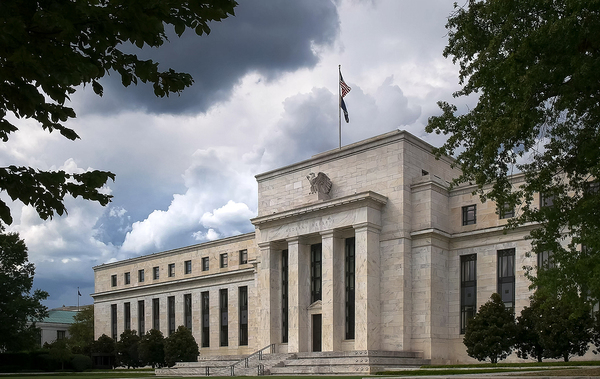View Sale Announcement Detail


Archived news
EXCERPT: Banks are tightening for commercial and consumer borrowers amid the coronavirus pandemic and continued economic uncertainty.

The coronavirus continues to ravage the US economy, and with that comes the need for banks to tighten their standards on lending to consumers and businesses. And over the third quarter, that's exactly what they've done.
According to the latest Senior Loan Officer Opinion Survey conducted by the Federal Reserve, banks have made their underwriting standards more stringent when it comes to approving both consumer and commercial loans. The findings of the survey confirmed the ongoing trend of tighter lending standards that started during Q1 2020 to deal with a tumbling economy.
Third Quarter Sees Tightening of Lending Standards Among Lenders
Over the third quarter, banks claimed to have made adjustments to their lending standards in response to issues in several industries as a result of the health crisis and a weakening of their anticipated capital, in addition to an ongoing negative economic outlook.
Tighter standards for credit cards and car loans involve increasing minimum credit score criteria, while commercial lending now requires higher collateral requirements and premiums on riskier loans.
The central bank's latest survey on bank lending practices also suggested that loan demand differed greatly between consumers and businesses. Consumers seem to have benefited from COVID-19-related financial assistance programs from the government and general optimism, which may explain why the demand for car loans, credit cards, and various types of mortgages increased in Q3 2020.
Meanwhile, many businesses fight to keep their doors open. Demand for commercial and industrial loans was much slower compared to consumer loans, along with loans for commercial real estate credit.

Loan Forbearance Rates Vary Among Different Categories
The majority of banks polled claimed that loans in forbearance were no more than 5 percent, though the numbers varied quite a bit from one category to another. Certain categories — like some commercial real estate loans and residential mortgages — saw forbearance levels over 10 percent, for instance.
Consumers and businesses were offered the option to defer loan payments as a result of forced layoffs and business closures stemming from the coronavirus pandemic.
Unemployment rates dropped among all groups in October. The latest numbers show that the nation-wide unemployment rate is 6.9 percent. And while that's a major improvement since April when the rate was 14.7 percent, it's still nearly double the rate of 3.6 percent from October 2019.
Almost 100,000 businesses that temporarily closed up shop as a result of the pandemic have now shut down permanently. And many businesses continue to struggle and require ongoing economic assistance in the form of loan forbearance to stay afloat.
Banks Encouraged to Revisit Their Loan Portfolios
In the meantime, banks and lenders would be prudent to re-evaluate their loan portfolios and pinpoint where improvements can be made. Any sub-performing loan assets should be sold off to make room for stronger short-term loans that promise less risk and more room for profitability, and Garnet Capital can help with these transactions.
Sign up for our newsletter today or call 914-909-1000.
Garnet Capital Advisors 500
Mamaroneck Avenue, Harrison, NY 10528
(914) 909-1000
info@garnetcapital.comGarnet Capital Advisors 500
Mamaroneck Avenue, Harrison,
NY 10528
(914) 909-1000